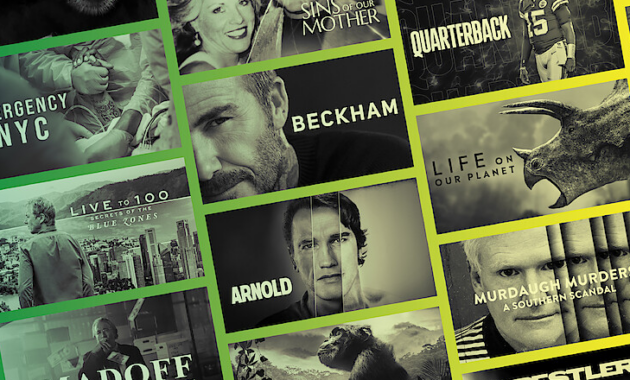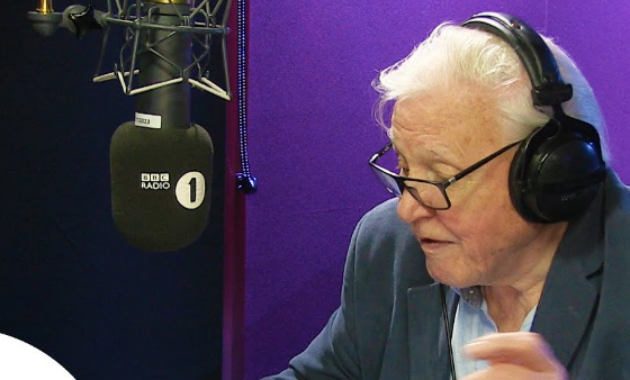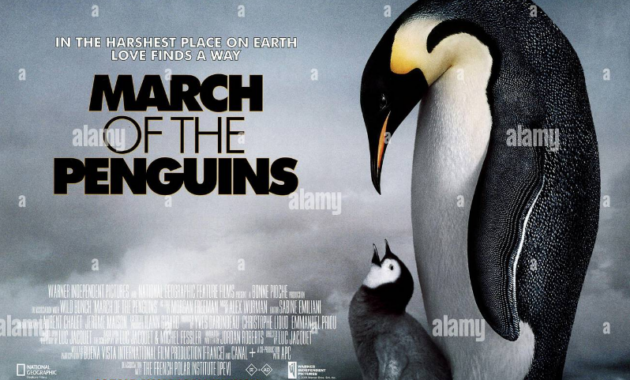
In the world of documentary filmmaking, the right narrator can elevate a film from informative to unforgettable. As we've explored in our overview of The Art of Documentary Narration, the narrator's role is crucial in guiding viewers through complex narratives. In this article, we'll delve into case studies of iconic documentaries, analyzing how their narrators contributed to their success and impact.
1. "Planet Earth" (2006) - Narrator: David Attenborough

"Planet Earth" set a new standard for nature documentaries, largely thanks to Sir David Attenborough's masterful narration.
Key Narration Techniques:
- Warm, authoritative tone that conveys both knowledge and wonder
- Precise timing, allowing visuals to breathe while providing crucial context
- Use of silence to heighten dramatic moments
Impact: Attenborough's narration style has become the gold standard for nature documentaries. His ability to convey complex information in an accessible, engaging manner has made science exciting for millions of viewers worldwide.
For an in-depth analysis of Attenborough's narration style, the BBC's article "The Art of Narration: David Attenborough" offers fascinating insights into his techniques and impact.
2. "The Civil War" (1990) - Narrator: David McCullough (among others)
Ken Burns' groundbreaking documentary series "The Civil War" utilized multiple narrators, with historian David McCullough as the primary voice.
Key Narration Techniques:
- Use of multiple voices to represent different perspectives
- McCullough's steady, measured tone providing a sense of historical gravity
- Integration of narration with historical quotes and letters
Impact: The narration style in "The Civil War" revolutionized historical documentaries, making history feel immediate and emotionally resonant. It demonstrated how multiple narrative voices could work together to create a rich, multifaceted story.
3. "March of the Penguins" (2005) - Narrator: Morgan Freeman (English version)

This French documentary became an international sensation, with Morgan Freeman's narration in the English version playing a crucial role in its success.
Key Narration Techniques:
- Rich, empathetic voice that anthropomorphizes the penguins without being overly sentimental
- Pacing that matches the deliberate movements of the penguins
- Use of metaphor to relate penguin behavior to human experiences
Impact: Freeman's narration helped transform a nature documentary into a compelling story of love and survival, broadening its appeal beyond typical nature documentary audiences.
The American Film Institute provides an excellent analysis of the film's narration in their article "March of the Penguins: The Power of Narration in Nature Documentaries".
4. "The Fog of War" (2003) - Narrator: Robert McNamara
Errol Morris's documentary features former U.S. Secretary of Defense Robert McNamara as both subject and narrator.
Key Narration Techniques:
- First-person narration providing intimate insights into historical events
- Use of McNamara's own voice, adding authenticity and emotional weight
- Juxtaposition of narration with archival footage and interviews
Impact: This approach to narration blurred the lines between subject and narrator, creating a uniquely personal historical document. It demonstrated how narration can be used not just to inform, but to provide deep, subjective insights into historical events.
5. "Grizzly Man" (2005) - Narrator: Werner Herzog
Werner Herzog's documentary about Timothy Treadwell showcases Herzog's distinctive narrative style.
Key Narration Techniques:
- Philosophical and often poetic language
- Use of Herzog's accented English, adding a unique character to the narration
- Interjection of personal opinions and interpretations
Impact: Herzog's narration style challenges the notion of objective documentary filmmaking, demonstrating how a narrator can be an active, visible part of the storytelling process.
For a deeper dive into Herzog's unique approach to documentary narration, check out IndieWire's article "Werner Herzog's Guide to Compelling Documentary Narration".
Lessons from Iconic Narrators
Analyzing these case studies reveals several key lessons:
- Authenticity: Each narrator brings their unique personality to the film.
- Emotional Connection: Successful narrators find ways to emotionally engage the audience with the subject matter.
- Adaptability: The best narrators adapt their style to suit the tone and content of the documentary.
- Timing: Knowing when to speak and when to let the visuals take center stage is crucial.
- Perspective: Whether objective or subjective, a clear narrative perspective helps shape the viewer's understanding.
By studying these iconic documentaries and their narrators, aspiring voice artists can gain valuable insights into the art of documentary narration. Each of these narrators has left an indelible mark on the genre, showcasing the power of the human voice in bringing non-fiction stories to life.


